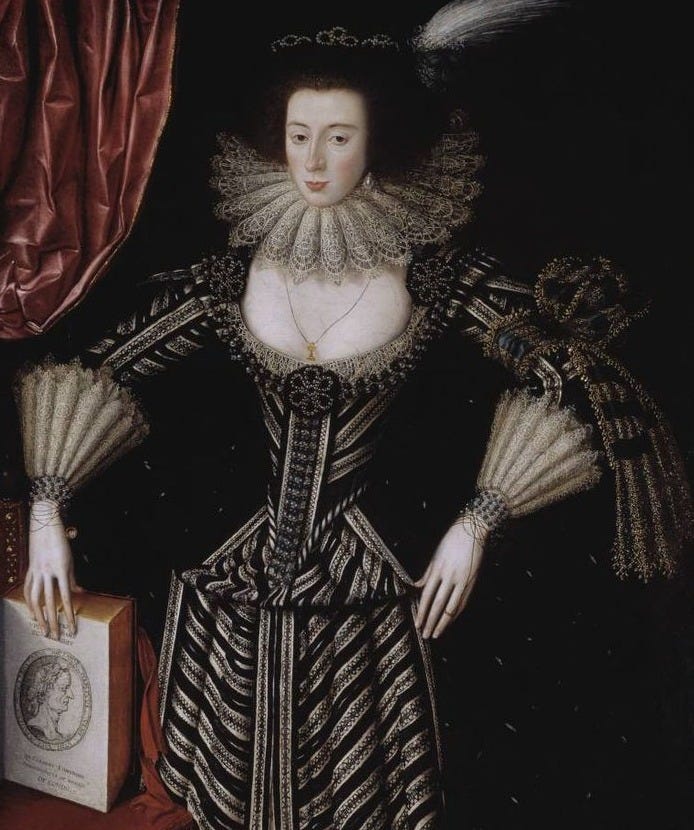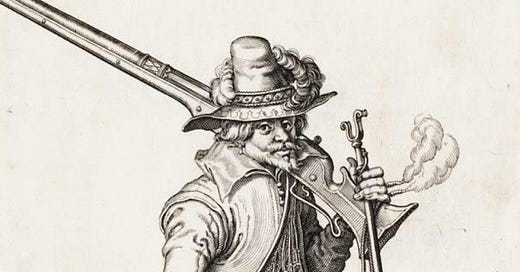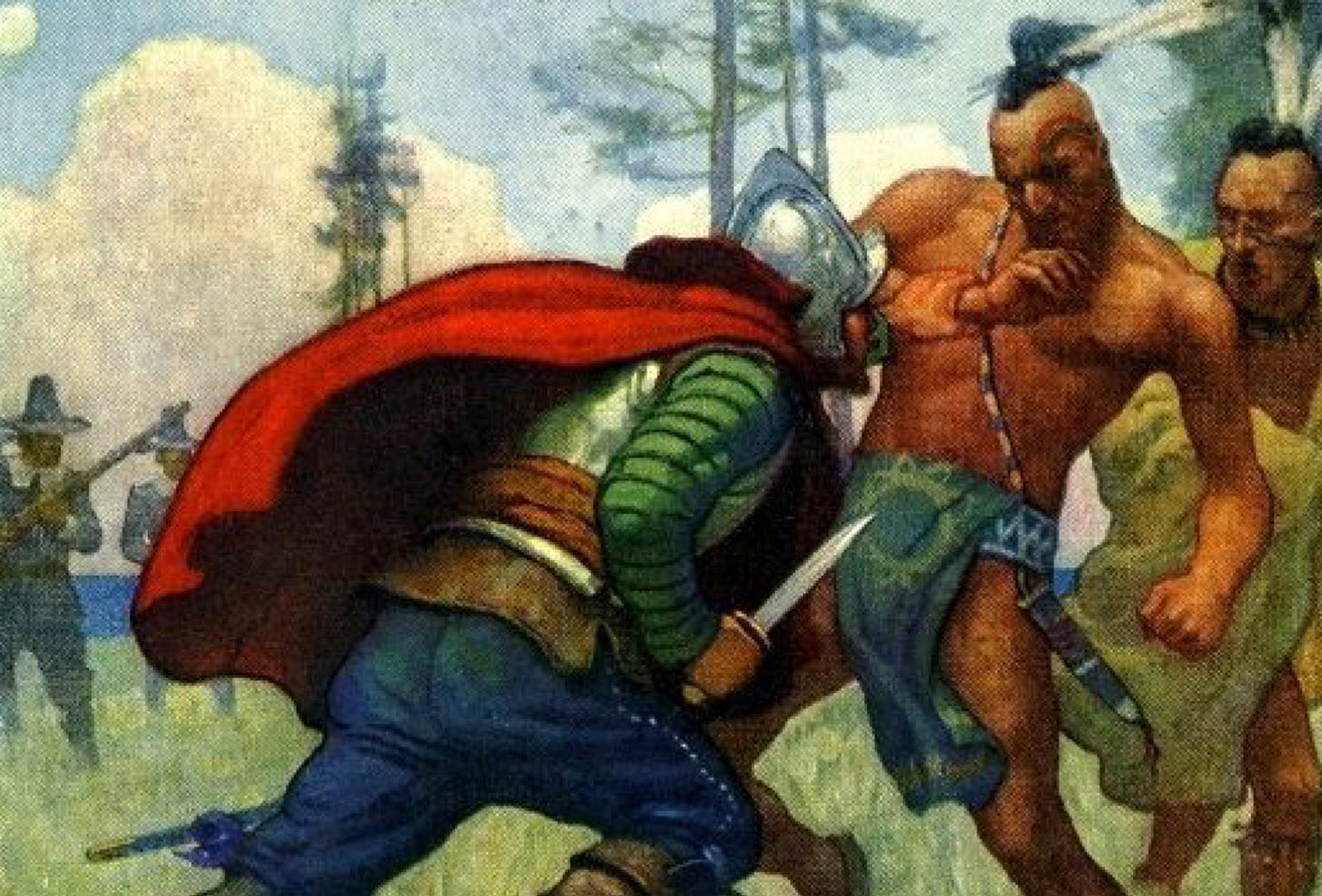Soon after the death of Miles Standish, the executors of his estate made an inventory of the library that the storied senior soldier of New Plymouth had left behind. In keeping with the purpose of that colony, most of the books found in that collection belonged to the realm of religion. A handful, however, dealt with military matters.1
Military Discipline, or the Young Artillery Man instructed foot soldiers, whether musketeers or pikemen, in the art of handling their weapons ‘by the numbers’.2 First published in 1635, it filled the same niche in the martial literature of its day as The Exercise of Armes for Calivers, Muskettes, and Pikes, the English, Dutch, and German versions of which made their debuts 1607.3
Published between 1632 and 1635, The Swedish Intelligencer provided accounts of the great battles that took place in central Europe in those years. As the name suggests, these reports paid a great deal of attention to the army led by Gustavus Adolphus. (In 1634, the journal changed its name to The German History, thereby advertising an expansion of the scope of its coverage.)
The book listed in the inventory as Caesar’s Commentaries may have been one of the many editions of The Commentaries on the Gallic Wars (Commentarii de Bello Gallico) printed since 1469. That said, I would not be surprised to discover that the volume in question had been Observations upon Caesar’s Commentaries. Written by an English veteran of the Dutch War of Independence (1568-1648), this book began with a chapter called Reading and Discourse are Requisite to Make a Soldier Perfect in the Arte Militarie.

The smallest of the four military volumes that Captain Standish passed on to his heirs - a stand-alone copy of The Iliad - taught neither the strategy of Caesar, the tactics of Gustavus Adolphus, nor the finer points of drill. It would, however, have offered much of interest - and, I dare say, of comfort - to a man who had experienced combat every bit as intimate as the famous fights of Hector and Achilles.4
Note: All links in this post will take you to the Internet Archive.
John Abbot Goodwin The Pilgrim Republic (Boston: Haughton Mifflin, 1920) pages 450-451
In the days of Captain Standish, the term ‘artillery’ covered all missile weapons, whether large or small.
You can find a nice - but far from complete - collection of various versions of The Exercise of Armes by typing ‘Jakob de Gheyn’ into the author box on the advanced search page at the Internet Archive.
In 1623, in a knife fight near the present-day town of Weymouth, Massachusetts, Standish killed two Indians who had been organizing an attack against New Plymouth. For both the context of the struggle and some details, see Edward Winslow Good Newes from New England (London: Bladen and Bellamie, 1624) page 42







Do the original copies Standish owned still exist somewhere?